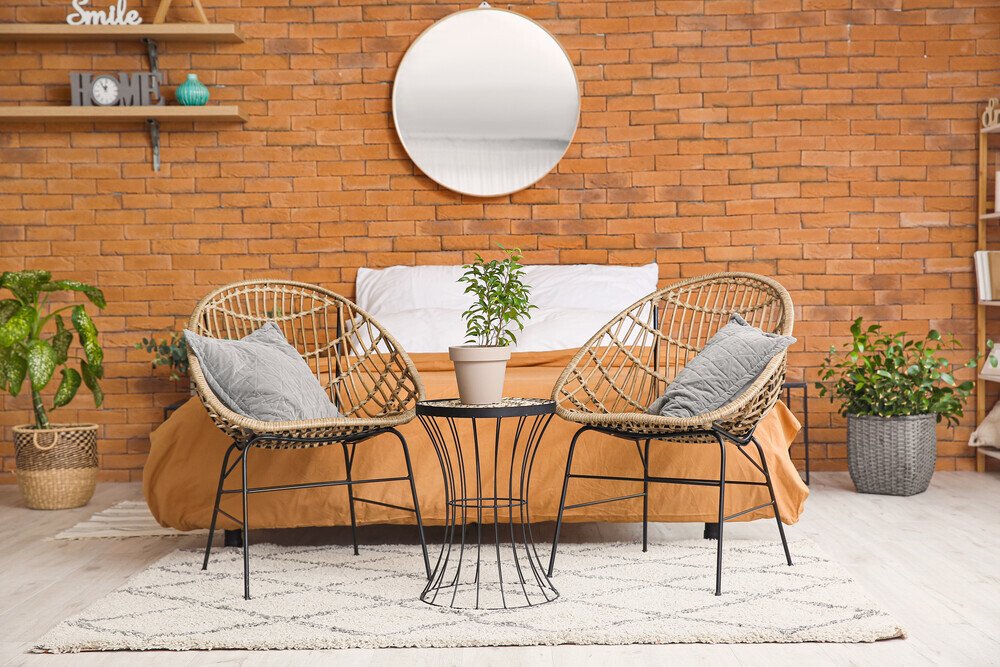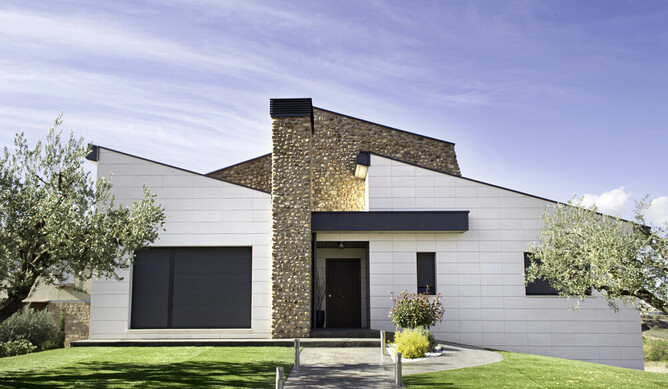Building a home with passive house principles represents a forward-thinking approach to sustainability. These guidelines prioritize energy efficiency and environmental stewardship while creating comfortable living spaces. Here’s a closer look at the core principles that can redefine how we build and live sustainably.
Superior Insulation
One of the fundamental elements of a passive house is outstanding insulation. By minimizing thermal bridging and ensuring continuous insulation coverage, homes maintain a stable internal temperature. High-performance insulation materials, such as cellulose or spray foam, reduce the need for active heating and cooling systems, making energy conservation a seamless process.
High-quality Windows
Windows play a critical role in passive house design. Triple-glazed windows with low-emissivity coatings prevent heat loss and enhance solar gain. Proper window placement and orientation maximize natural light while minimizing heat loss, contributing to a balanced indoor climate without relying on additional energy inputs.
Airtight Construction
Airtightness is another central element of passive houses. Homes are designed to be extremely airtight to prevent uncontrolled airflow. This prevents drafts and reduces the workload on heating and cooling systems. To achieve this, meticulous sealing of joints, seams, and penetrations in the building envelope is required.
Ventilation with Heat Recovery
Efficient ventilation is vital for maintaining indoor air quality while adhering to passive house principles. Mechanical ventilation systems with heat recovery ensure that fresh air is introduced without significant heat loss. This system transfers heat from the outgoing air to the incoming air, maintaining indoor comfort and reducing the need for additional heating.
Passive Solar Design
Harnessing the sun’s energy is a key element in passive house design. Passive solar strategies involve optimizing building orientation and window placement to capture sunlight and heat naturally. This approach enhances daylighting and reduces reliance on artificial lighting, contributing to overall energy savings.
Thermal Mass
Incorporating thermal mass into a building’s design helps in stabilizing indoor temperatures. Materials like concrete or masonry absorb and store heat, which is then released slowly. This principle supports temperature regulation by buffering fluctuations and contributes to a more consistent indoor climate.
Energy-Efficient Appliances
Utilizing energy-efficient appliances aligns with passive house principles by reducing overall energy consumption. Choosing appliances that consume less power helps maintain a low energy footprint. Energy-efficient lighting, heating, and cooling systems complement the passive house design, supporting a holistic approach to sustainability.
Optimal Design and Orientation
Design and orientation are key considerations for maximizing the benefits of a passive house. Strategic placement of windows and shading devices ensures optimal solar gain and minimizes heat loss. Thoughtful architectural design can significantly enhance energy efficiency and comfort, making the most of the natural environment.
Sustainable Materials
The choice of materials in passive house construction impacts both durability and environmental footprint. Sustainable materials like recycled or rapidly renewable resources contribute to the overall eco-friendliness of the building. Selecting materials with low environmental impact aligns with the core values of the concept.
Building Performance Monitoring
Finally, monitoring building performance ensures that the passive house principles are effectively implemented and maintained. Utilizing tools and systems to track energy use and indoor conditions helps identify areas for improvement and ensure that the home operates as intended.
PE Builders: Sustainable New Construction and Renovations in NYC
As we move toward a more sustainable future, adopting passive house principles is no longer just a choice—it's a responsibility. These energy-efficient designs reduce environmental impact while also creating healthier, more comfortable living spaces.
At PE Builders, we are committed to transforming this vision into reality. Whether you're planning new construction, a renovation, or seeking LEED certification, our NYC-based team specializes in green building practices that deliver lasting results. Ready to take the next step? Contact us at info@pebuildersny.com or call (646) 952-8635, and together, let’s build a greener tomorrow.

